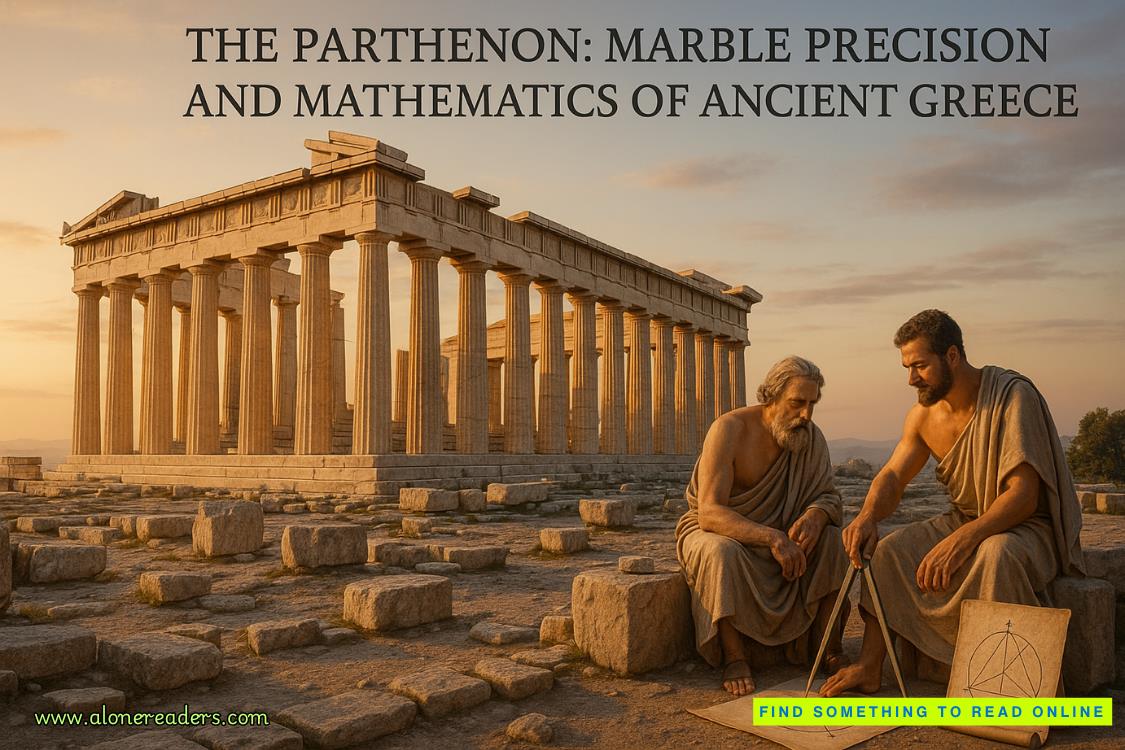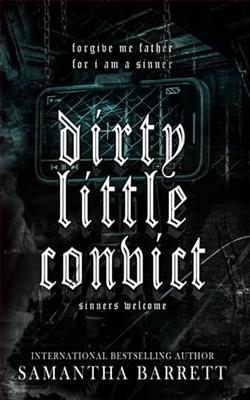Page 49 of Close
“Let’s start with the past month.”
Livingston nodded, instructing his assistant accordingly before turning back to Kari.“Is there anything else you can tell me about how these items might relate to the murders?The staff is understandably concerned, especially given the media coverage.”
“I can’t discuss specifics of an ongoing investigation,” Kari said.“But I’m interested to know who might have knowledge of the way these ceremonial items are used in traditional practices.”
Livingston considered this.“Well, beyond our indigenous staff members, there’s our educational team that conducts workshops on cultural heritage.Several anthropology professors who consult with us…” He trailed off.
Kari took some notes, then looked up.“Would you mind showing me where the items were taken from?”
Livingston led her through the administrative area into the public galleries, past displays of pottery, weaving, and jewelry.The museum was quiet this late in the day, with only a handful of visitors examining the exhibits.
The Navajo ceremonial display occupied a discreet corner of the east gallery, deliberately positioned away from high-traffic areas out of respect for its sensitive content.The glass case containing the stolen items stood open, a printed notice informing visitors that selected artifacts had been temporarily removed for conservation.
“We didn’t want to draw attention to the theft,” Livingston said.“Bad publicity can affect funding, and we’re already struggling with budget constraints for next fiscal year.”
Kari studied the display, noting the small cards describing each missing item and their ceremonial significance.The remaining artifacts—a wedding basket, a storyteller’s blanket, various tools—created conspicuous gaps where the stolen pieces had been.
“How many people know these specific items were stolen?”she asked.
“Just the senior staff and security team.We told everyone else they’d been removed for conservation work.”Livingston tugged at his collar, which seemed suddenly too tight.“Should we have been more transparent?”
“No, that was the right call,” Kari assured him.“The fewer people who know the specifics, the better our chances of identifying the thief if they attempt to use that knowledge.”
They returned to Livingston’s office, where his assistant had prepared the requested lists.Kari tucked them into her folder, along with the inventory report detailing the stolen items.
“One last question,” she said as she prepared to leave.“Has anyone shown unusual interest in these specific items recently?Asking detailed questions about their ceremonial use, perhaps?”
Livingston considered this, then shook his head.“Not that I recall, but I’m not always on the floor with visitors.Our docents might have noticed something.I can ask them to contact you if they remember anything unusual.”
“Please do.”Kari handed him her card.“And call me immediately if you remember anything else, no matter how insignificant it might seem.”
“Of course.”Livingston escorted her to the door.“I hope you find whoever is responsible for these terrible acts.The misuse of sacred items for violence is… well, it’s an abomination on multiple levels.”
Kari thanked him and left, but as she walked down the corridor toward the exit, she felt a nagging dissatisfaction.Livingston had been cooperative, yet something about their interaction felt off.His nervousness could be explained by the connection between museum thefts and murder, but there was an undercurrent she couldn’t quite place—something beyond the obvious concern a curator would have over stolen artifacts.
Halfway to her car, Kari realized she’d forgotten to ask about the museum’s surveillance footage from the days preceding the theft—someone studying the security layout may have visited multiple times to plan their approach.She turned back, retracing her steps through the now-emptying museum.
As she approached Livingston’s office, she heard his voice—tense, hushed, unmistakably urgent.
“It’s under control,” he was saying.“Yes, she just left… I know, I know.”
Kari stilled, not announcing her presence.Something in his tone raised alarm bells.This wasn’t a conversation about museum security.
“But that’s what we signed up for when we started this,” Livingston continued, his voice dropping further.“Just don’t panic—it’ll all work out.Talk later.”
Kari stepped back silently, processing what she’d heard.Livingston hadn’t noticed her, too absorbed in his hushed conversation.
Rather than interrupting now, she retreated to the museum lobby, pretending to examine an exhibit until she saw him emerge from his office, locking the door before heading toward the restrooms.
The museum would be closing soon.On impulse, Kari hurried outside and waited in her Jeep, positioned where she could observe the staff parking lot without being immediately visible.At 7:15, Livingston emerged, glancing nervously around before getting into a sleek Audi.
Following at a discreet distance proved easy in the light evening traffic.Livingston drove precisely at the speed limit, making no attempt to lose a potential tail—the behavior of someone who had no idea they were being watched.He headed north, taking the highway for about twenty minutes before turning onto a side road that led to a commercial storage facility—a sprawling complex of identical metal buildings with roll-up doors.
Kari parked across the street, observing as Livingston punched in a code and drove through the automated gate.She could see him park near a unit at the far end of the complex, then retrieve a key from his pocket to unlock the roll-up door.
Livingston began loading plain cardboard boxes into his trunk—half a dozen of them, each sealed with packing tape.His movements were hurried and furtive, the actions of a man who didn’t want to be seen.
Kari was considering her next move—approach directly or continue surveillance—when her phone vibrated.Tsosie’s number flashed on the screen.















